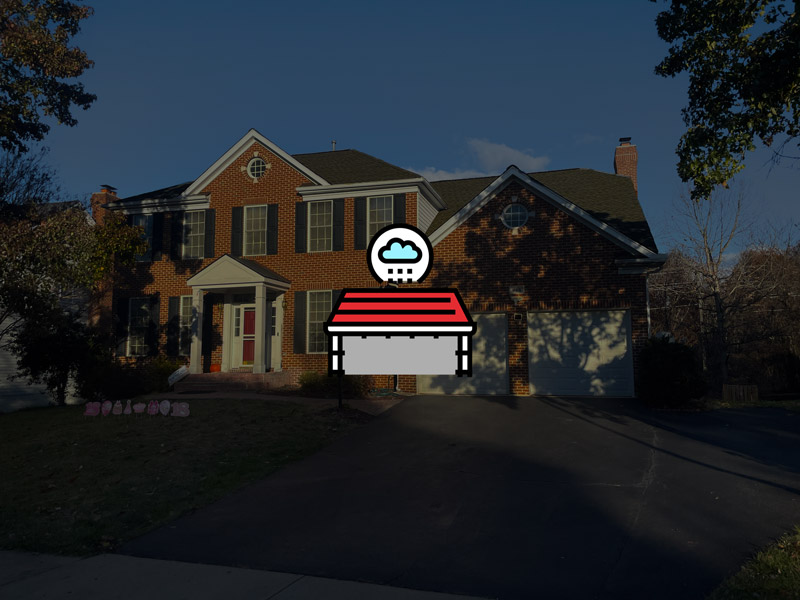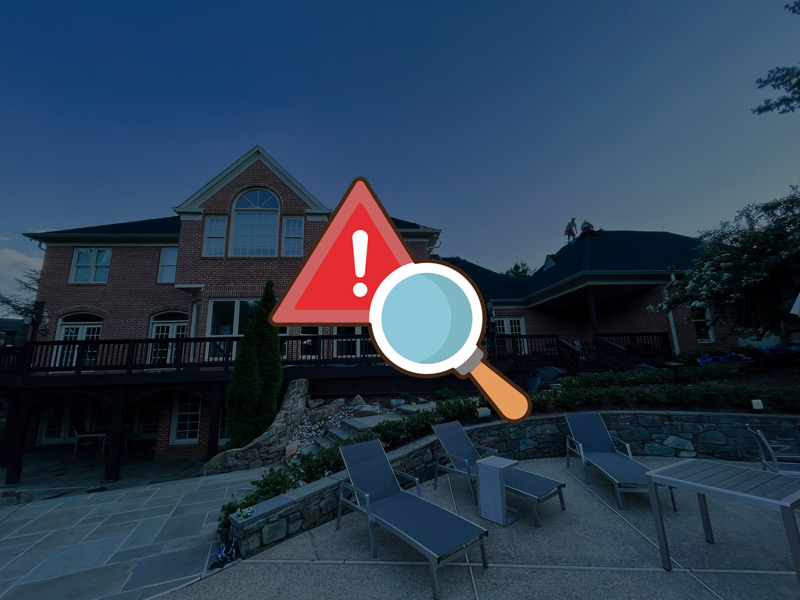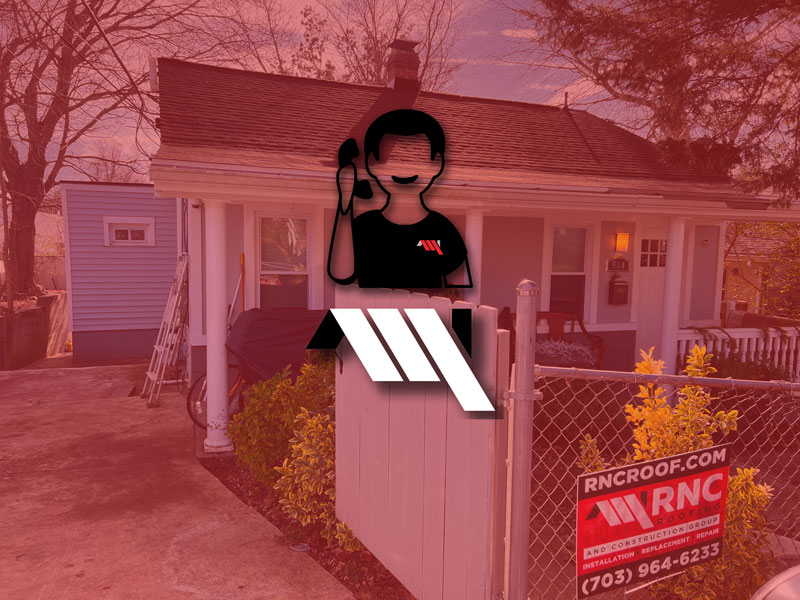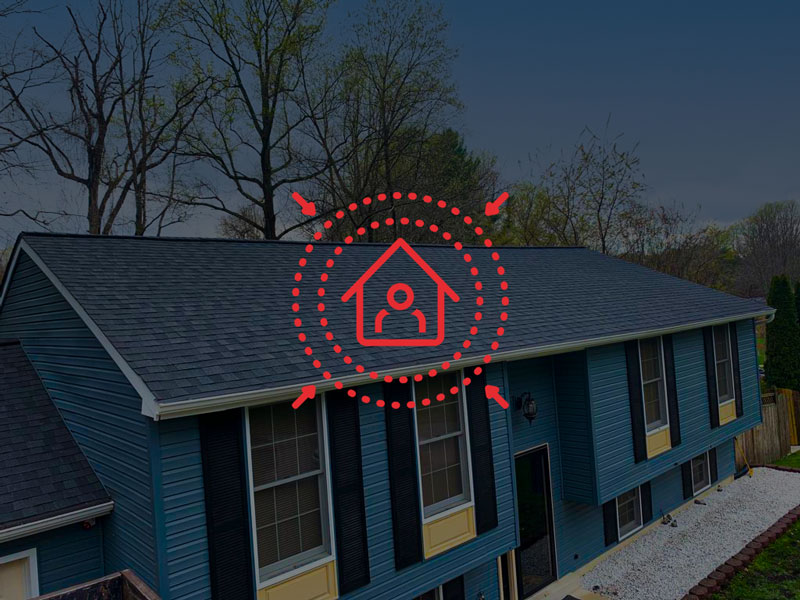Rain Leakage in House: Prevention, Detection, and Repair
Rain Leakage occurs when rainwater seeps through vulnerable points in a house’s exterior, such as roofs, walls, windows, and foundations. This moisture intrusion can gradually weaken the structural integrity of the building materials, leading to rot, decay, and eventual failure. Moreover, damp conditions provide an ideal breeding ground for mold and mildew, posing health risks to the occupants.

Understanding the Causes of Rain Leakage
Rain leakage in houses can stem from various factors, each playing a pivotal role in compromising the integrity of your home’s structure. By identifying these causes, you can take proactive measures to mitigate the risk of water infiltration.
Roof Vulnerabilities
One of the primary culprits behind rain leakage is roof damage. Whether it’s missing shingles, cracked tiles, or deteriorating flashing, any breach in the roof’s protective layer can allow rainwater to seep into your home. These vulnerabilities can be exacerbated by heavy rainfall, snow accumulation, and strong winds.
Drainage System Inadequacies
Poorly designed or clogged drainage systems can lead to rainwater pooling on your roof or around your foundation. This excess water increases the likelihood of rain leakage through compromised areas. Gutters that are improperly sloped or filled with debris can impede water flow, causing backups that put additional stress on your home’s exterior.
Sealant and Caulking Breakdown
Sealants and caulking around windows, doors, vents, and other openings can deteriorate over time due to exposure to the elements. This breakdown leaves gaps that rainwater can infiltrate. Regular inspections and maintenance of these seals are essential to prevent water from finding its way indoors.
Weather Extremes
Extreme weather conditions, such as heavy downpours and strong winds, can intensify rain leakage problems. In regions prone to frequent storms, the impact of rain and wind on vulnerable areas can result in accelerated water infiltration. These weather extremes highlight the necessity of fortified roofing and effective drainage systems.
Real-Life Examples
To underscore the importance of addressing rain leakage, let’s consider a real-life scenario. In a coastal town, a house with compromised roofing and inadequate gutter systems experienced repeated rainwater infiltration during monsoon season. The resulting interior damage necessitated costly repairs and mold remediation. This example emphasizes the significance of proactive maintenance and timely repairs to avoid such situations.

Detecting Rain Leakage Early
Detecting rain leakage in its early stages is essential to prevent extensive damage and costly repairs. Here’s a comprehensive guide to help homeowners identify signs of water infiltration and take prompt action.
Recognizing Warning Signs
Water Stains: Keep an eye out for discolored patches on walls and ceilings, often accompanied by a yellow or brownish tint. These stains are indicative of water seeping through cracks or gaps.
- Peeling Paint or Wallpaper: If you notice paint or wallpaper peeling off, it might be due to the underlying moisture weakening the adhesive. This is a clear indicator of rain leakage.
- Damp Odors: Musty, damp odors in specific areas of your home can signal the presence of moisture intrusion. Investigate these areas promptly.
Regular Visual Inspections
Regularly inspect your home’s interior and exterior for any signs of rain leakage. Pay close attention to vulnerable areas, such as the attic, around windows and doors, and beneath sinks. These proactive checks can help you catch leaks before they escalate.
Prompt Addressing
Addressing rain leakage promptly is crucial. Ignoring the issue can lead to more significant damage over time, including structural deterioration, mold growth, and compromised insulation. Consult a professional to assess the extent of the leakage and recommend appropriate solutions.

DIY Fixes and Temporary Solutions
In the event of rain leakage, homeowners can take immediate steps to manage the situation before seeking professional assistance. While these measures offer temporary relief, it’s essential to keep in mind their limitations and the need for long-term solutions.
Waterproof Sealants Application
Applying waterproof sealants to the affected areas can help create a barrier against rainwater infiltration. Clean the area thoroughly, ensuring it’s dry and free from debris. Follow the manufacturer’s instructions to apply the sealant, and allow it to dry completely before testing its effectiveness.
Temporary Patches and Barriers
For minor leaks, using temporary patches can prevent further water entry. Use materials like plastic sheeting, waterproof tape, or even plastic bags to cover the leak temporarily. While this can help during emergencies, remember that it’s not a permanent fix and professional intervention is still necessary.
Clearing Clogged Gutters and Drains
Rainwater leakage can be exacerbated by clogged gutters and drains. Clear out leaves, twigs, and debris that may obstruct the flow of water. Proper drainage helps prevent water from pooling and reduces the risk of infiltration.
The Importance of Expert Consultation
While DIY fixes and temporary solutions can provide immediate relief, it’s crucial to recognize their limitations. These measures might not address underlying issues and can only serve as a stopgap until a permanent solution is implemented. Consulting roofing professionals is imperative to accurately diagnose the root cause of rain leakage and recommend appropriate repairs.

Professional Solutions and Repairs
When rain leakage becomes a persistent issue, seeking professional assistance from roofing contractors is essential to ensure a thorough and lasting solution. These experts utilize a range of techniques and materials to address rain leakage effectively and prevent further damage to your house.
Expert Techniques and Materials
Roofing contractors employ specialized techniques to pinpoint the source of rain leakage accurately. They utilize advanced tools such as moisture detectors and thermal imaging to identify hidden vulnerabilities. By analyzing the data, they can determine the most appropriate repair methods.
Comprehensive Roof Inspection
Before initiating repairs, roofing professionals conduct a comprehensive inspection of your roof and its components. This step is crucial in identifying not only the visible signs of leakage but also underlying issues that might be contributing to the problem. From damaged shingles to compromised flashing, a thorough assessment guides the repair process.
Tailored Repair Solutions
Based on the inspection results, roofing experts propose tailored repair solutions. These may include replacing damaged roof shingles, reinforcing sealing around penetrations, and addressing any structural weaknesses. The goal is not only to fix the immediate issue but also to fortify your roof against future rain leakage.
Importance of Professional Help
While temporary fixes can provide short-term relief, engaging professionals is crucial for a permanent resolution. Roofing contractors possess the expertise, experience, and resources to address rain leakage comprehensively, ensuring that the underlying causes are eradicated.

Preventing Rain Leakage in the Future
Preventing rain leakage is an essential aspect of maintaining the integrity of your home and ensuring its longevity. By adopting proactive measures and investing in quality, you can minimize the risk of water infiltration and its associated damages.
Proactive Homeowner Practices
Homeowners can take proactive steps to minimize the chances of rain leakage. Regularly inspect your roof for signs of wear and tear, focusing on shingles, flashing, and sealing. Address any minor issues promptly to prevent them from escalating into larger problems.
Routine Roof Maintenance
Regular roof maintenance is paramount in preventing rain leakage. Schedule annual inspections by professionals to identify and rectify potential vulnerabilities. Prompt repairs and upkeep extend the lifespan of your roof, reducing the likelihood of water infiltration.
Proper Gutter Care
Gutters play a crucial role in directing rainwater away from your house. Clean your gutters regularly to prevent clogs that can cause water to overflow and pool on your roof. Ensure proper drainage and consider gutter guards to minimize debris accumulation.
Investing in Quality
When it comes to roofing materials, insulation, and ventilation, quality matters. Invest in high-quality roofing materials designed to withstand weather extremes. Proper insulation and ventilation reduce the risk of condensation and moisture buildup within your home’s structure.
Long-Term Protection
By implementing these expert-recommended practices, homeowners can establish a strong defense against rain leakage. Proactive measures, routine maintenance, and investing in quality materials collectively contribute to a robust shield against the potential risks of water infiltration. Taking these steps not only preserves the value of your home but also ensures the comfort and safety of your living environment for years to come.
Please Share!










